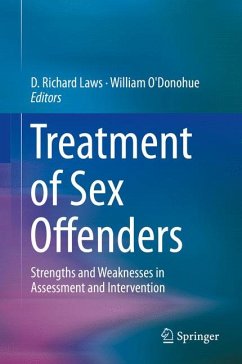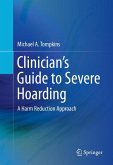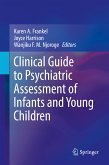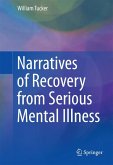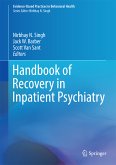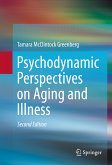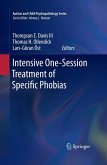To this end, experts weigh the efficacy of common assessment methods and interventions, the value of prevention programs, and the validity of the DSM's classifications of paraphilias. This strengths/weaknesses approach gives professional readers a guide to the current state as well as the future of research, practice, and policy affecting this complex and controversial field.
Included in the coverage:
- Strengths of actuarial risk assessment.
- Risk formulation: the new frontier in risk assessment and management.
- Dynamic risk factors and offender rehabilitation: a comparisonof the Good Lives Model and the Risk-Need-Responsivity Model.
- The best intentions: flaws in sexually violent predator laws.
- Desistance from crime: toward an integrated conceptualization for intervention.
ers will generate discussion and interest among forensic psych
ologists, psychiatrists, clinical psychologists, and social workers.
Dieser Download kann aus rechtlichen Gründen nur mit Rechnungsadresse in A, B, BG, CY, CZ, D, DK, EW, E, FIN, F, GR, HR, H, IRL, I, LT, L, LR, M, NL, PL, P, R, S, SLO, SK ausgeliefert werden.
"The intended audience is forensic psychologists, psychiatrists, clinical psychologists, and social workers. The book is written by an international collection of authors from the U.S., the U.K., Canada, Germany, and New Zealand. ... This book does a good job of discussing both theoretical and clinical issues. The strengths/weaknesses approach helps clinicians to better understand what works and what does not. It should be in the libraries of professionals and researchers who work with sexual offenders." (Gary B. Kaniuk, Doody's Book Reviews, August, 2016)

